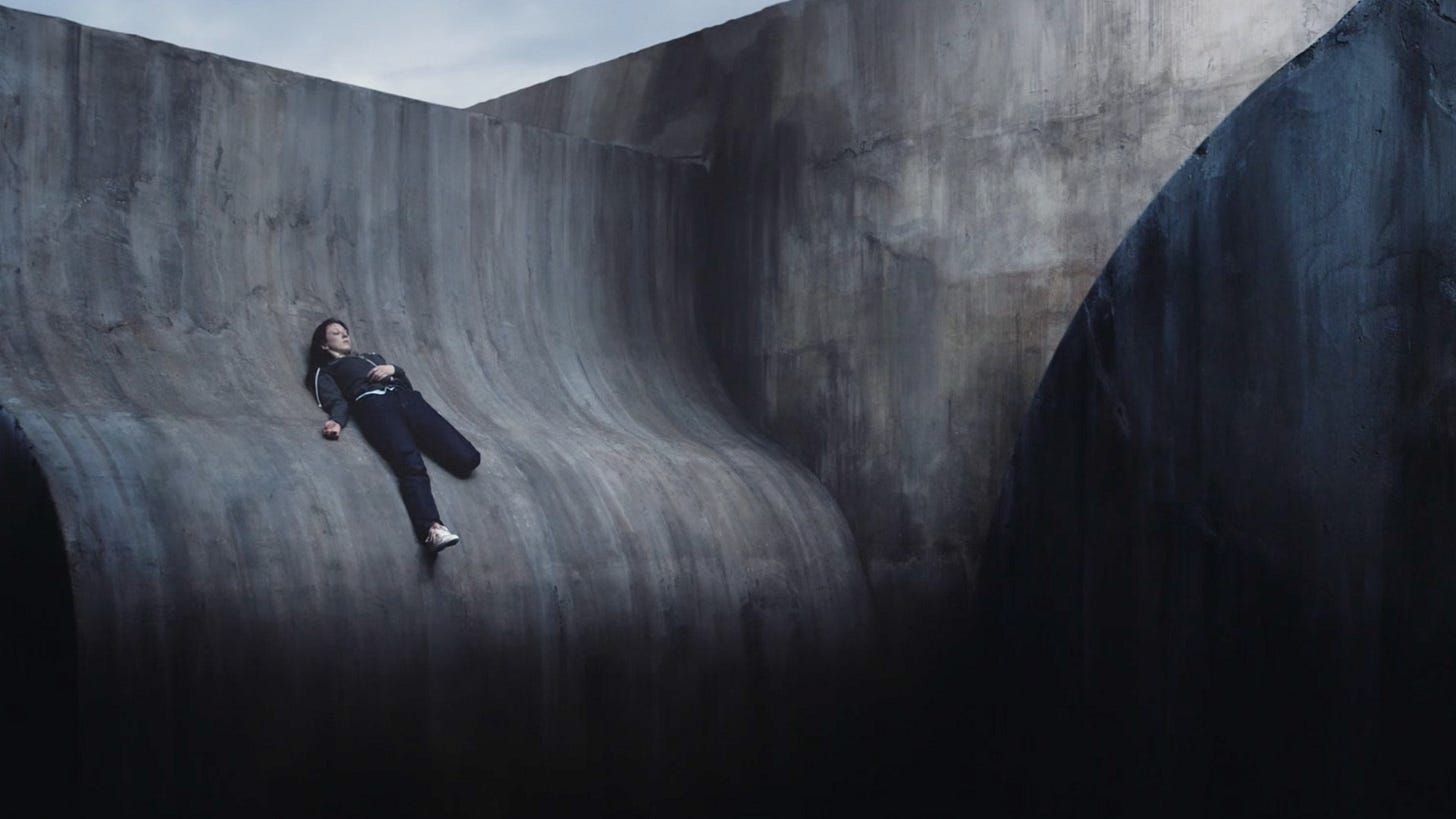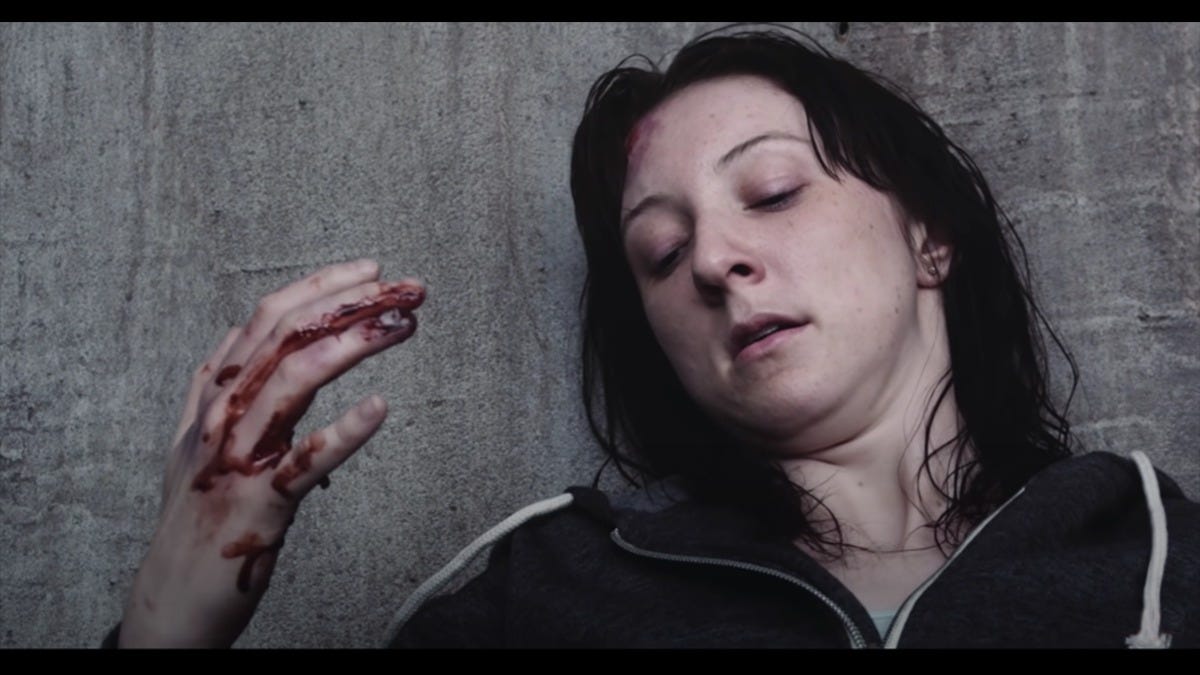There’s an interesting experience falling down a well. As you fall, the vast sky above you spotlights your point of origin. Your world is, briefly, two dimensional. There is the void above, and the abyss below. However, as you fall, and the abyss consumes, that spotlight gets smaller and smaller - in fact, it oddly doesn’t diminish as you fall. Rather, it somehow seems to maintain its intensity, but simply get smaller - and smaller, and smaller. Eventually, if the well is deep enough, the spotlight becomes a point. A laser-fine exact point where you came from. If you survive your fall - let’s say, the well has a sufficiently deep pool to capture your momentum and prevent your death - you will know exactly where you have to go if you want to escape your predicament.
There are other ways you can experience this with far less existential thrill. Cave spelunking, for instance. But the relationship remains the same. As you descend, where to ascend becomes more precise. It’s probably one of the only instances where getting further away from something aids you in knowing precisely where you have to go to get back - should you desire to.
Curve, a 2016 short film, explores this topic in a rather unexpectedly stationary fashion. It’s one of those rare films that tries to take place entirely in one space. A woman awakens to find herself on - you might have guessed this - a curve. What’s over the curve? She cannot see. What’s below the curve? She can see but doesn’t know - it’s too dark. In between the heavenly void above, and the dark abyss below, is the concrete curve she rests upon. A slippery slope.
She can hear water over the curve, but cannot see it. She can see the dark abyss below, but not what’s at the bottom. The whole situation feels like someone’s nightmare, and perhaps it is.
She is also in a horrendous position. One leg is uncomfortably contorted below her towards the void above, the other uncomfortably slunk into the abyss below. She’s half way to either fate she may desire. A simple shift could hold her fate to a graceful fall, or a hard push to unknown freedom above.
Throughout the film, she first tries to position herself in a better situation, inching lower trying to reposition her leg, inching higher when she takes friction to her hands to nudge up. Her hands bleed from the slippery, but rough, concrete slope. Everything is so simple it invites you to imagine yourself in her position. Would you risk the territory loss for comfort? Would you risk the pain for territory gained?
The entire film focuses on this tension. Not being sure if making it over the wall is actually an escape, but knowing the fall down is not. How very familiar for so many of us, and many might envision their daily toil into the dream scape.
Moments in the short film, cuts are shown of the curve, bloodied and empty. An imagination within an imagination if she fails. Then, things get worse: It rains. She decides to take a necklace she is wearing, wrap her hands in them, and push in something of the opposite of a leap of faith - a shove of hope.
The film ends there, with a shot of the curve, rainy, but without any blood. Perhaps she escaped? Perhaps she fell to her doom? You don’t get to know. You, too, must take the ending on faith.
We often speak about slippery slopes, and how we rarely realize we are falling into one. We never think about what if we already are in one, and how we might get out, and if getting out of one is even a freedom if we must face the chaotic waves beyond it. But one thing remains sure: The further we fall down one, the more clear it is where we have to go to get out.
As this summer nears its final weeks, take a moment to reflect on your life. What slippery slope are you in, and are you willing to get out? Or are you going to just sit on it, looking into the abyss, and giving up.
I hope you find the strength to push yourself out. The waves might be scary, but it’s not the death you’re an inch away from right now.





What a fantastically weird and uncomfortable encouragement. TY.